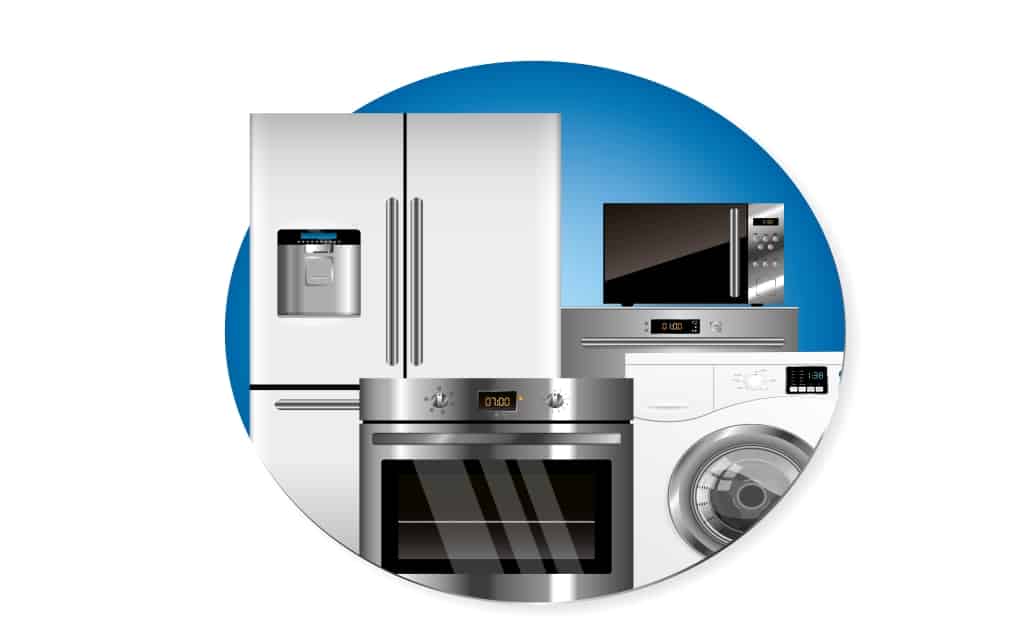With the rising cost of energy and the environmental concerns that come with most commonly-used energy sources, buying appliances and fixtures that use less power is a no brainer. Most of us already know that winter and summer are often the peak times for energy usage because of the necessity for air-conditioning and heating, both things that typically consume a lot of energy in most homes.
However, there are things around your home and workplace that consume a surprising amount of power all-year round. The costs also escalate if you’re running a lot of older appliances that were built before stricter energy consumption standards were implemented.
Knowing the consumption of a specific appliance can be important if you’re in the market for a replacement. If you know the how much power one appliance uses, that could help you calculate the real cost of replacement by letting you know whether or not you’re better off hanging on to an older model, even if it is less efficient.
There are three popular ways of checking the real amount of power consumed by an appliance, which we’ve outlined below. When you’re ready for a replacement, check out www.homestratosphere.com/online-appliance-stores/.
1.) Check the specifications of the individual appliance and calculate it
This is the most straightforward way to check for an appliance’s power consumption. Most appliances will have a sticker that indicates its rated consumption. Sometimes this information may be in the user manual or online. To figure out how much power it uses, do the following:
1. Find the rated power consumption in watts.
2. Convert watts to kilowatts. (1 watt = 0.001 kilowatts)
3. Calculate the watts each device uses per day.
4. Estimate how many hours in a month you use the appliance.
5. Check the cost per KwH on your electricity bill and calculate how much your appliance costs to run.
While this method is convenient and reasonably accurate, the reported wattage may not necessarily match up with how much energy the appliance uses in reality. Appliances may also consume more or less power depending on the settings you use. This means that this method is only really good for getting a ballpark estimate.
2.) Use an electricity usage monitor
Electricity usage monitors are devices that go between your appliance and the outlet that allow you to make an accurate reading of power consumption. The most popular brand by far is Kill A Watt, and the brand is sometimes used in a generic way. There are plenty of manufacturers though, and most of them make products that make it simple to get readings of a device’s power consumption. They’re especially useful for monitoring standby power consumption, which you can’t easily do with the previous method.
3.) Use an ammeter or multimeter
You can also use an ammeter or multimeter to test the real individual power draw of an appliance. From there, you can simply calculate the power consumption per month as with the first method. You can also use your ammeter or multimeter to check the consumption of specific circuits in your home at your house’s electrical panel. However, we don’t recommend that you do this unless you know exactly what it is you’re doing.
With any of these methods, you can easily find out which appliances are due for a replacement and which ones you can hang onto a little bit longer. Whichever method you choose, always be sure to perform these procedures with basic safety precautions in mind.



